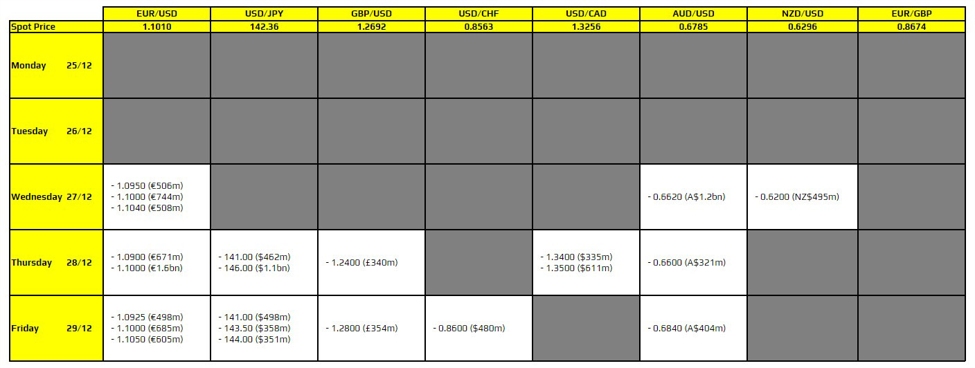
Apple blew past Wall Street expectations with its third-quarter earnings report released Thursday, revealing robust growth driven by persistent iPhone demand, surging services revenue, and resilience in key international markets—even as tariff anxieties and questions over its artificial intelligence (AI) roadmap loomed over the industry.
For the quarter ended June 28, 2025, Apple posted revenue of $94 billion, representing a 10% increase compared to the same period last year. Net income soared to $1.57 per share—up 12% from a year ago and significantly ahead of analyst forecasts, which had pegged earnings per share at $1.43 on expected revenue of $89.22 billion. Gross margin nudged up to 46.5%.
CEO Tim Cook celebrated the results, noting “Apple is proud to report a June quarter revenue record with double-digit growth in iPhone, Mac and Services and growth around the world, in every geographic segment.” Apple’s board declared a quarterly dividend of $0.26 per share, payable August 14 to shareholders of record as of August 11.
The installed base of active devices hit a “new all-time high,” according to CFO Kevan Parekh, underscoring Apple’s customer loyalty amid intensifying market competition. Apple shares climbed more than 2.5% post-market on the results.
Segment highlights
Apple’s signature iPhone business was the principal engine of growth, generating $44.6 billion in sales—up from $39.2 billion the previous year. This far exceeded most forecasts and reinforced the iPhone’s dominance, even as competitors ramp up their global push.
The Services segment, encompassing the App Store, Apple Pay, Apple TV+, Apple Music, and iCloud, also set a new record: revenue there hit $27.4 billion, a 13% increase over last year. The success of Apple TV+ was underscored by the summer box office triumph of “F1: The Movie,” which has grossed nearly $513 million worldwide. Mac sales also posted double-digit growth, rising to $8 billion.
In contrast, iPad and Wearables revenue both saw modest declines, but these were more than offset by the core and services businesses.
International & trade dynamics
Growth was broad-based—notably including China, where Apple outperformed expectations with $15.4 billion in sales. This comes amid a tense geopolitical environment: President Donald Trump, seeking to enact tariffs of at least 25% on non-U.S.-made iPhones, had warned Apple to “manufacture in the U.S., not India, or anyplace else.” The company had projected a $900 million headwind from tariffs this quarter but successfully navigated the challenge, in part by accelerating its shift in device manufacturing from China to India.
Looking ahead
Despite these achievements, investor scrutiny remained focused on Apple’s comparative lag in artificial intelligence rollouts—especially as competitors like Meta and Microsoft grab headlines for major AI advances.
Apple’s stock, while buoyed after the earnings beat, has fallen 16% year-to-date, underperforming the broader S&P 500. Still, many analysts remain bullish, citing Apple’s ecosystem strength, user retention, and ability to deftly manage global headwinds. Some analysts have expressed impatience with Tim Cook, even arguing for him to be replaced. Longtime Apple bull Dan Ives has thrown his support behind Cook but argued for a transformative M&A deal for Apple to get a leg up in the AI race, slamming a recent presentation as something that “felt like an episode out of ‘Back to the Future,’” although though that was a film, not an episodic TV series.
For this story, Fortune used generative AI to help with an initial draft. An editor verified the accuracy of the information before publishing.















